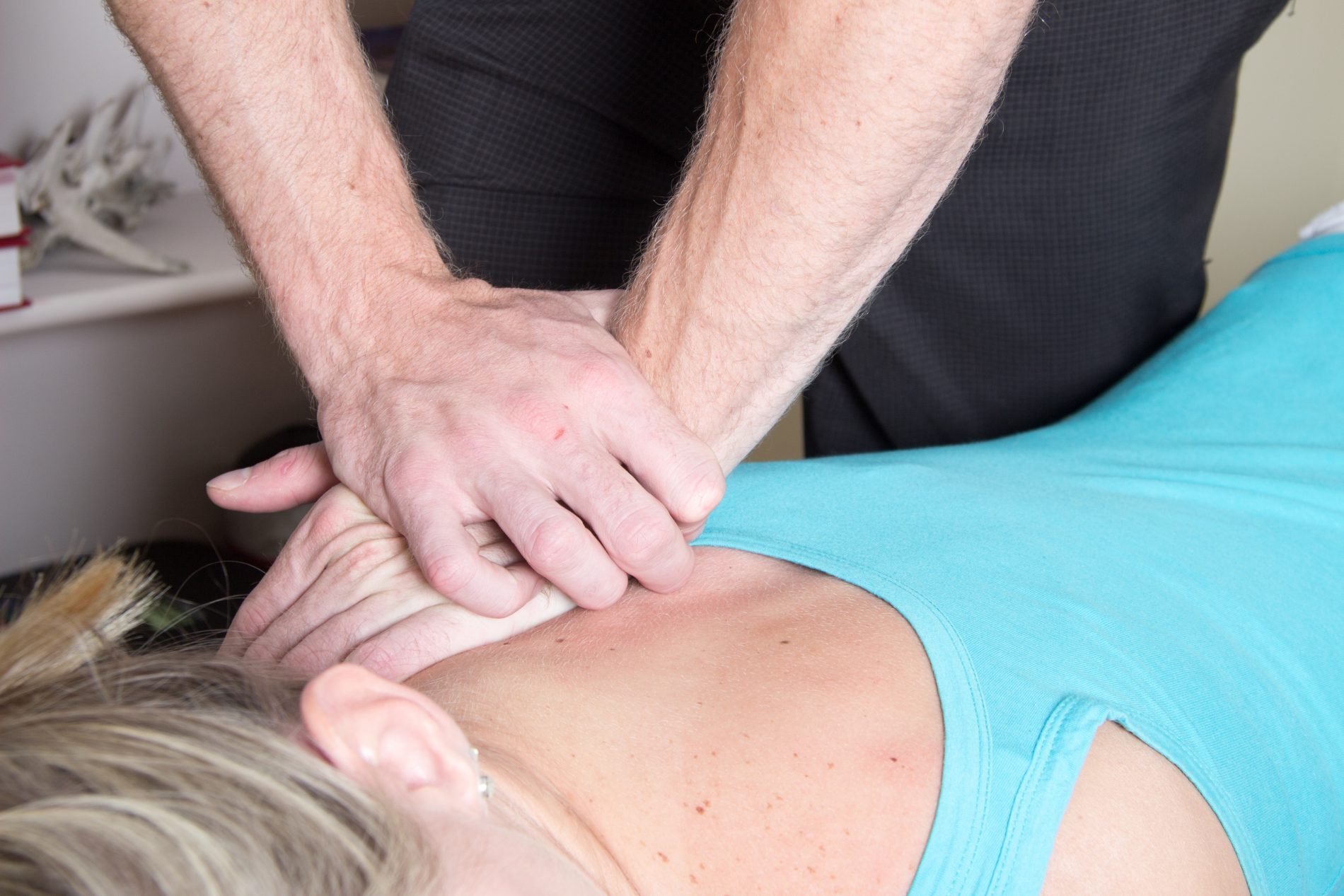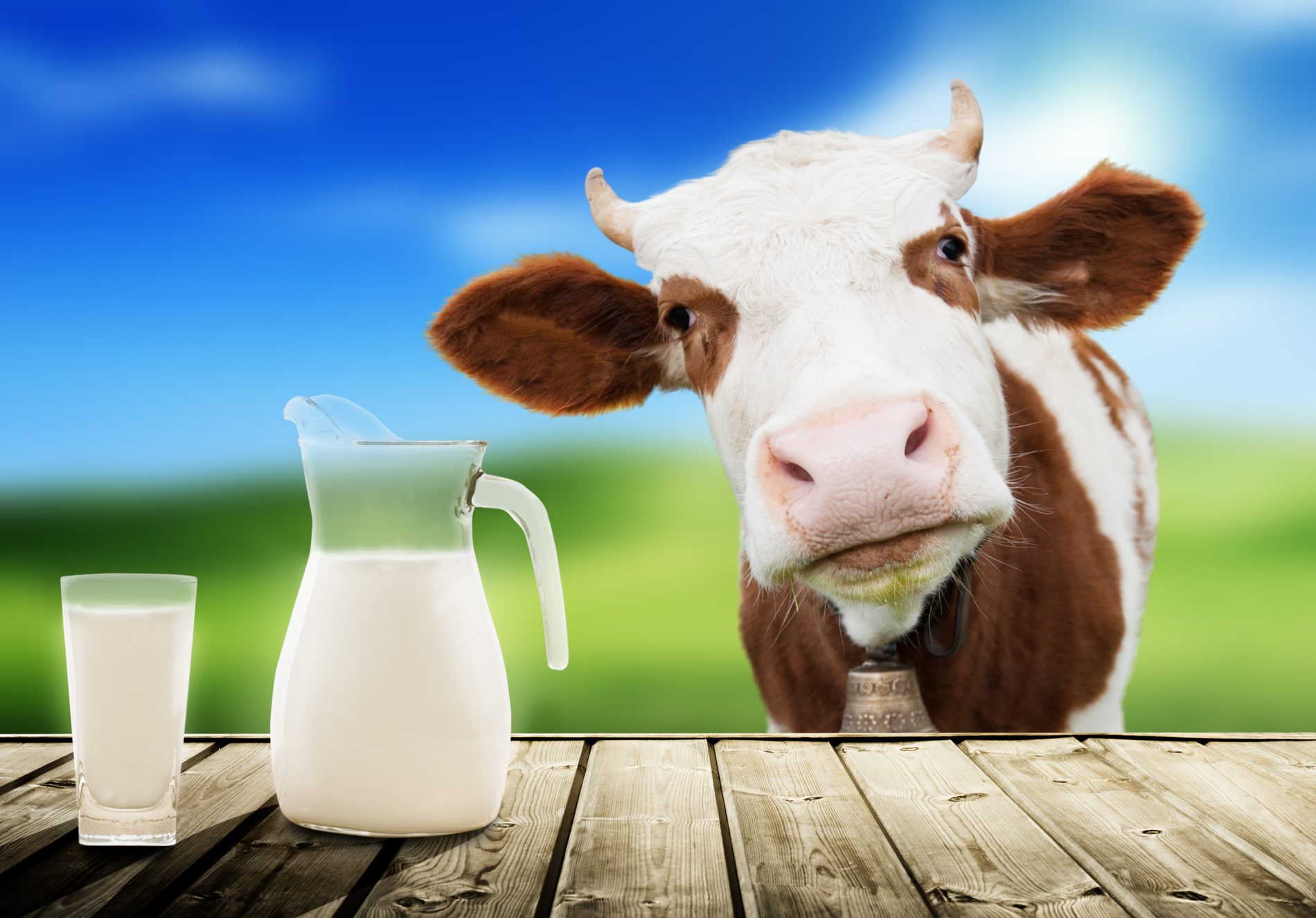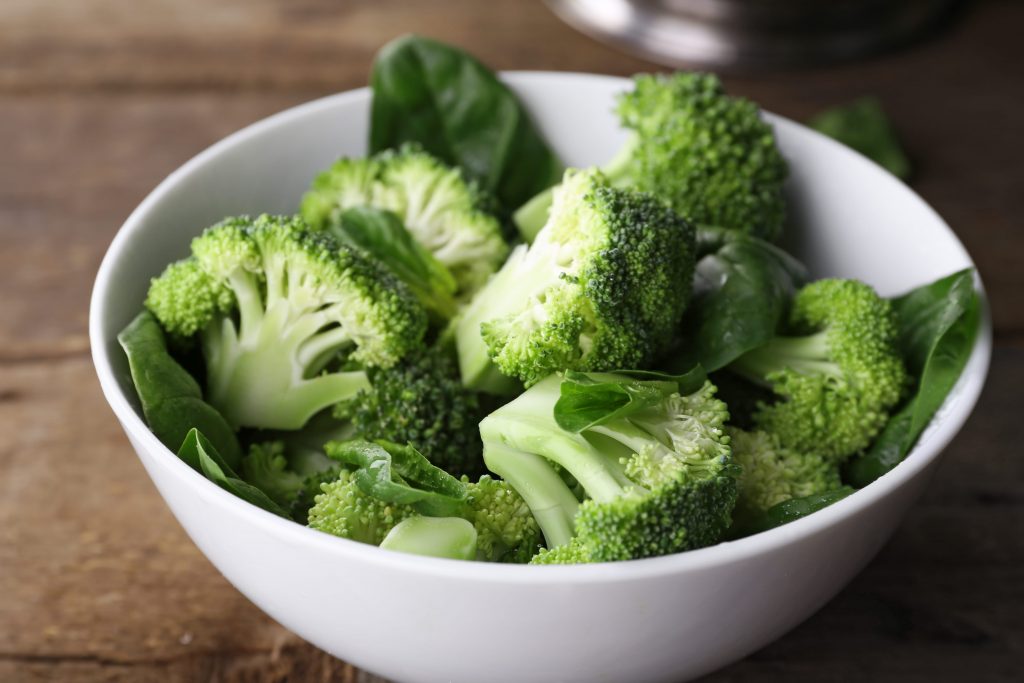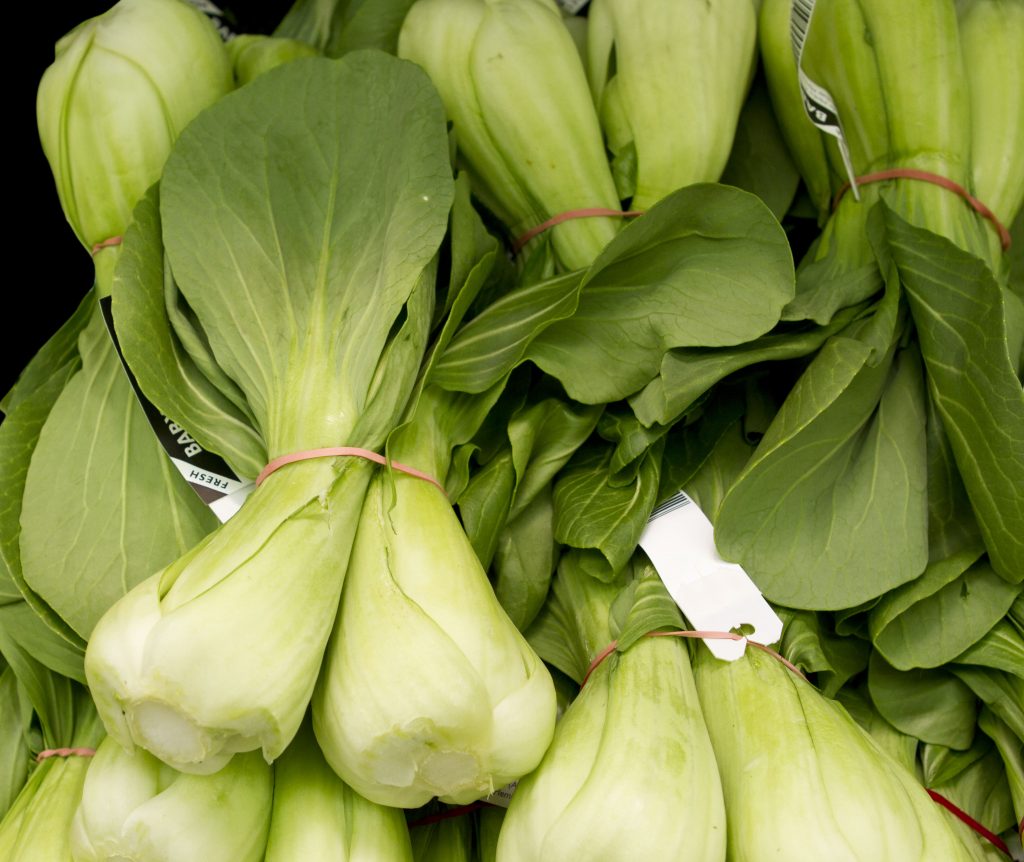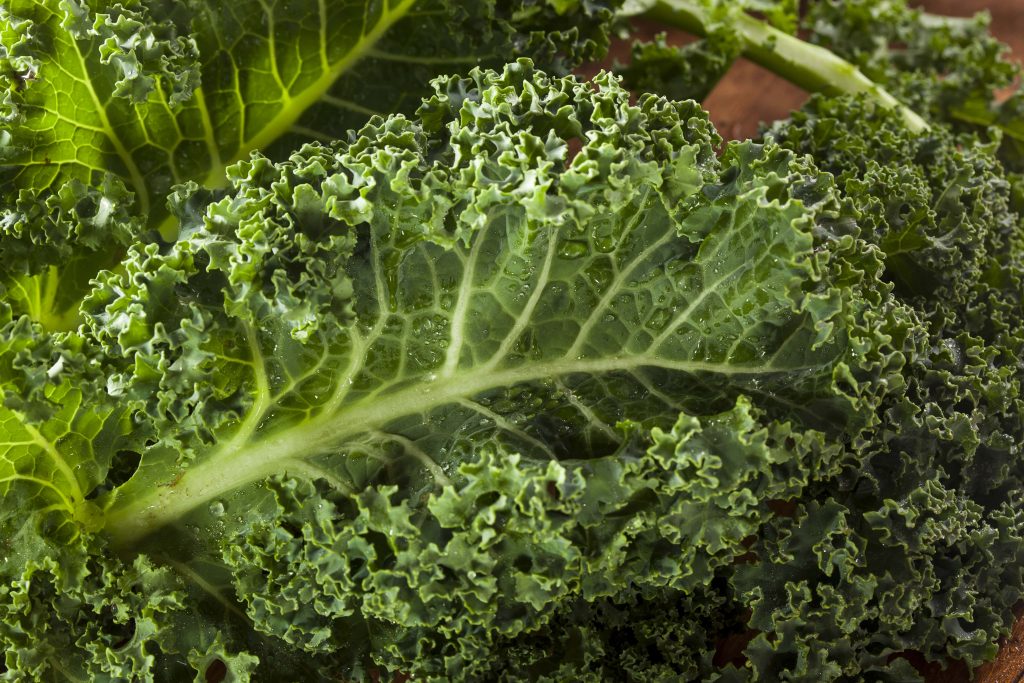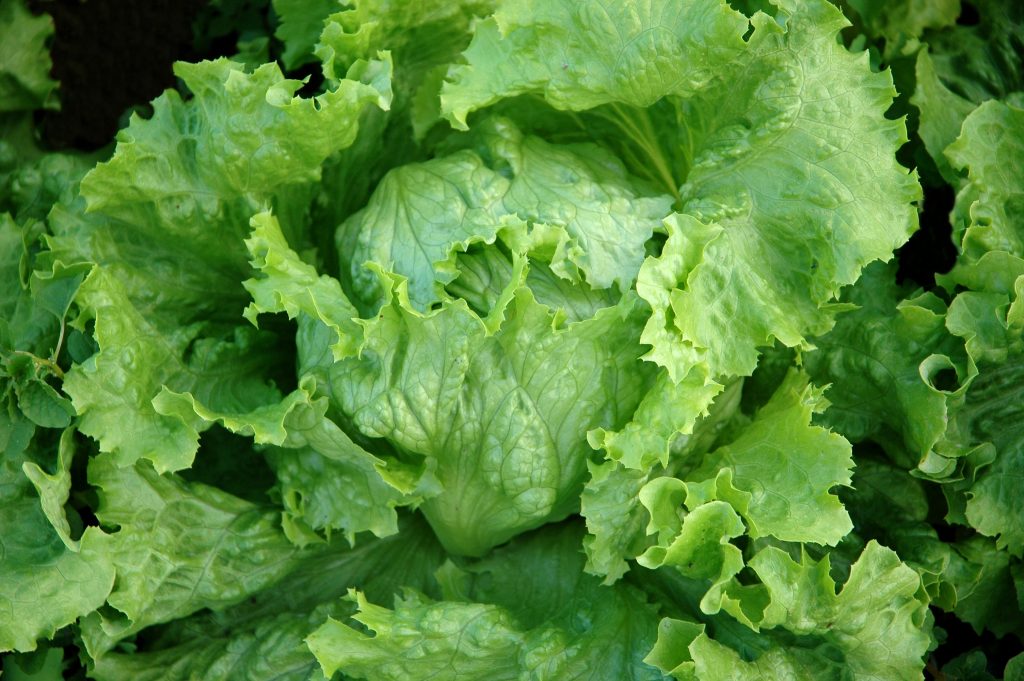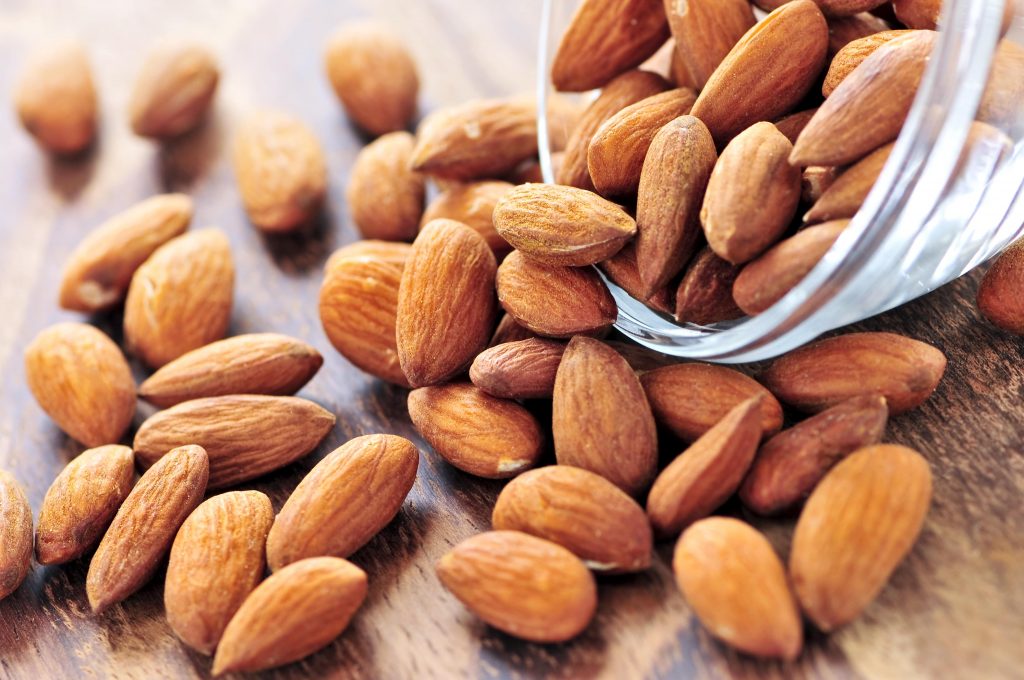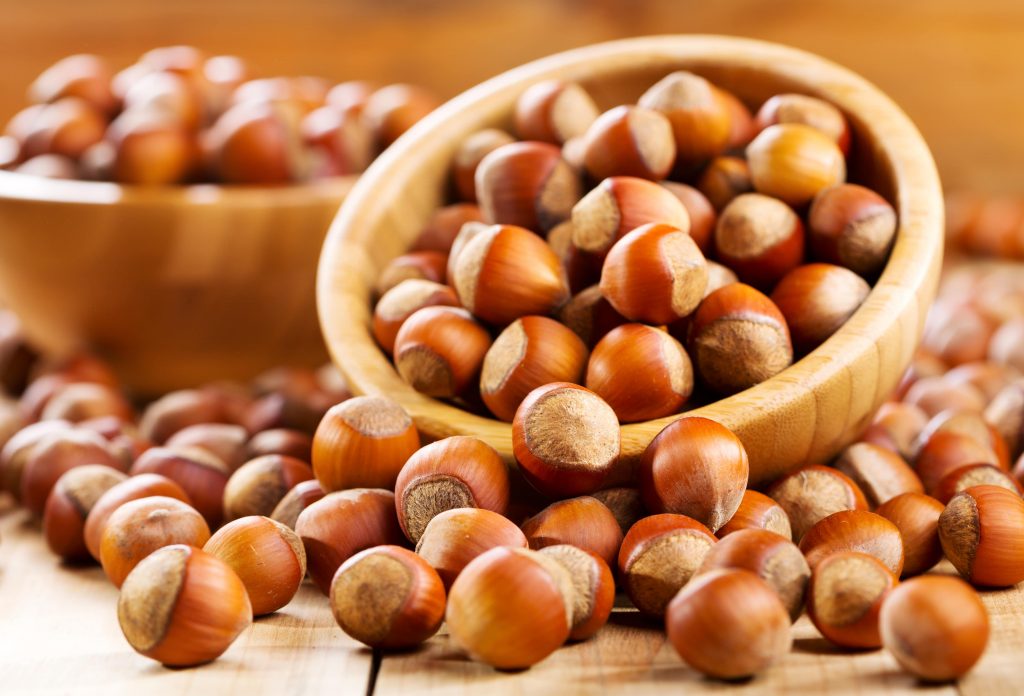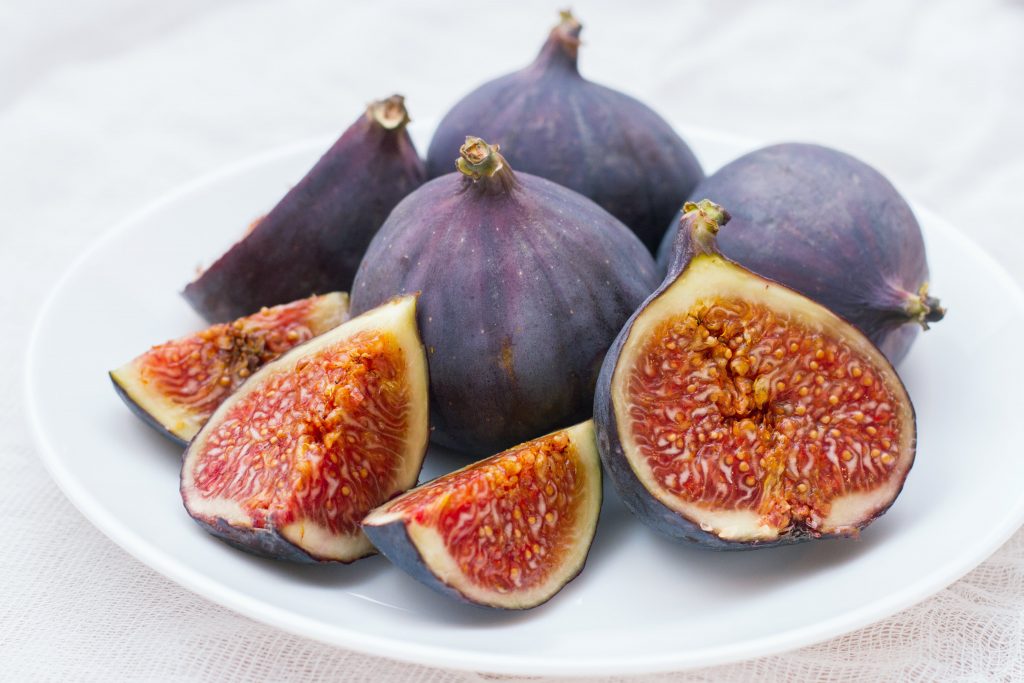Frankincense is derived from the tree sap (or resin) of the Boswellia trees. In ancient times, Frankincense was used as medicine to treat digestive issues and leprosy. The resin would be consumed to promote healthy skin and a healthy digestive system. The majority of the world’s Frankincense comes from the country of Somalia, but can also be found in Ethiopia and Sudan.
More recently, through steam distillation, the tree resin or sap has been produced into an essential oil that can be used topically or diffused into the air.
Touted as the “king of oils,” the benefits of Frankincense essential oil are far reaching. The spectrum of uses range from aromatherapy and relaxation to the eradication of cancer cells in the body.
Top 5 Everyday Uses of Frankincense Essential Oil
- It has beneficial properties that promote good skin health, wound healing and acne healing. It can be rubbed into the skin using a carrier oil such as coconut oil.
- Due to it’s calming effect on the body, Frankincense is perfect to add to your bath water or diffuse while doing yoga or meditating.
- To improve air quality in your home and eliminate bacteria in the air, diffuse Frankincense essential oil regularly.
- During cold and flu season (or anytime of the year to prevent getting sick) it can also be used to boost the immune system due to its antiseptic properties.
- Frankincense is a powerful anti-inflammatory and can be used to reduce joint paint and soreness.
When selecting Frankincense essential oil, or any essential oil for that matter, it is crucially important to select a company that produces therapeutic grade oils, that have been derived from organic, natively grown plants. To determine if an oil is therapeutic, it is important to ensure the extraction process was done at low temperatures, for a long period of time and that no solvents were used in the extraction.
It is also important that the essential oils you are purchasing are derived from the first extraction because some companies re-use old plant materials which produces a lower quality end product. In some instances, to improve the aroma of the oils, synthetic chemicals are added to the finished product, which again, have a negative impact on the quality of the oil.
When considering the purchase price of essential oils it is important to understand that to produce pure essential oils, it requires a large volume of plant material to make each specific oil. For example, to produce one 15ml bottle of lavender essential oil, it takes 30 pounds of lavender flowers. A very inexpensive bottle of lavender oil is a good indication that it isn’t from a pure source.
How to Apply/Use Oils
For best results, use three or four drops of Frankincense essential oil in a diffuser or apply one or two drops topically to the skin. It is recommended that a carrier oil is used to dilute the essential oil and to avoid potential skin irritation. A carrier oil, for example, could be sweet almond oil, grape seed oil, coconut oil, or any other oil of your choice. Put a dollop of carrier oil in your hand and add the drops of essential oil to it, then rub on your skin.
Jo-Anne Richardson has almost a decade of experience managing a chiropractic office and educating patients on how chiropractic can allow your body to express optimal health. She is a Registered Holistic Nutritionist and holds a Degree in Communications. She loves to experiment with raw vegan recipes, loves to salsa dance, travel and learn new holistic health information to share tips with everyone who visits the office.

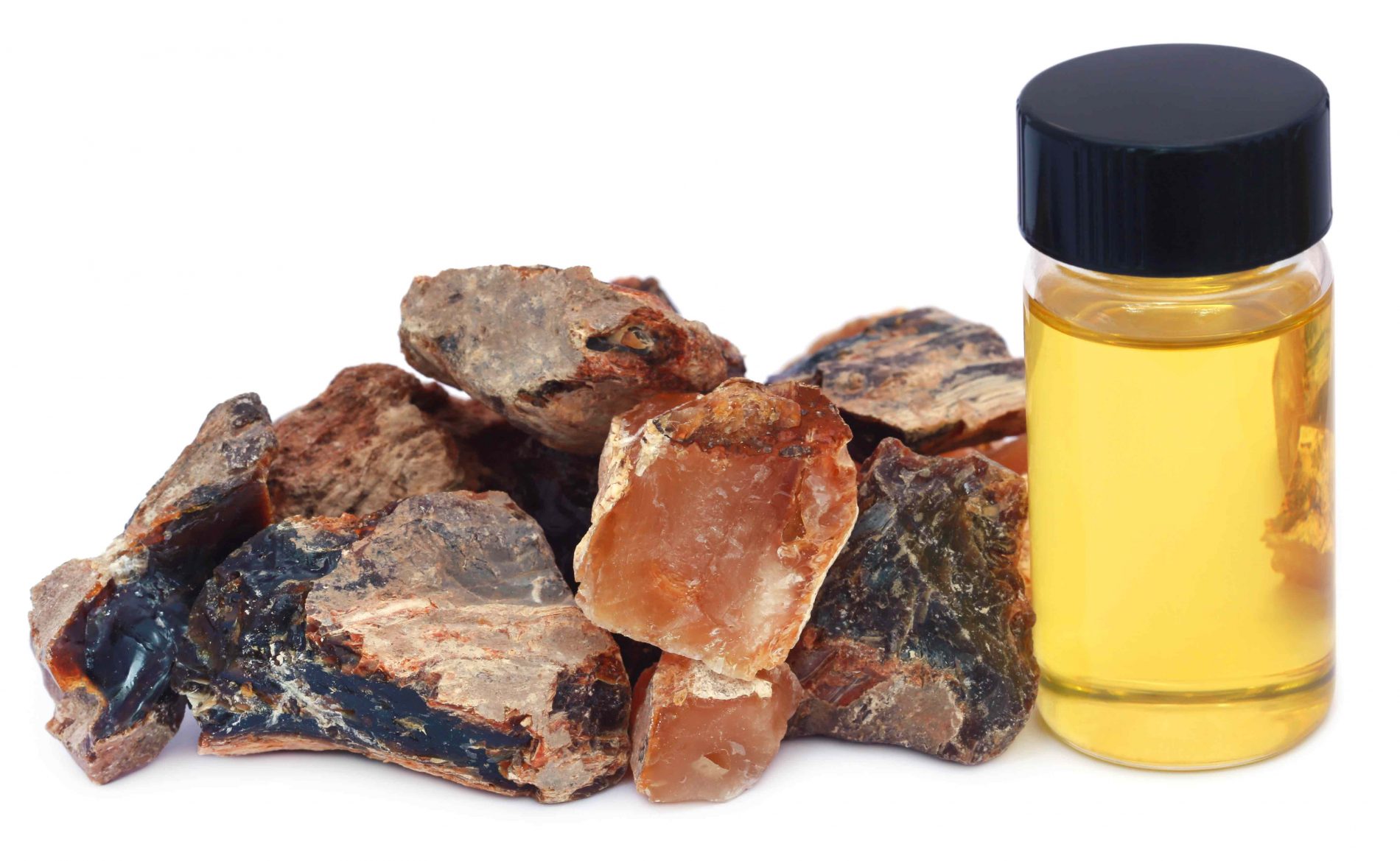



 Jessy Morrison
Jessy Morrison



